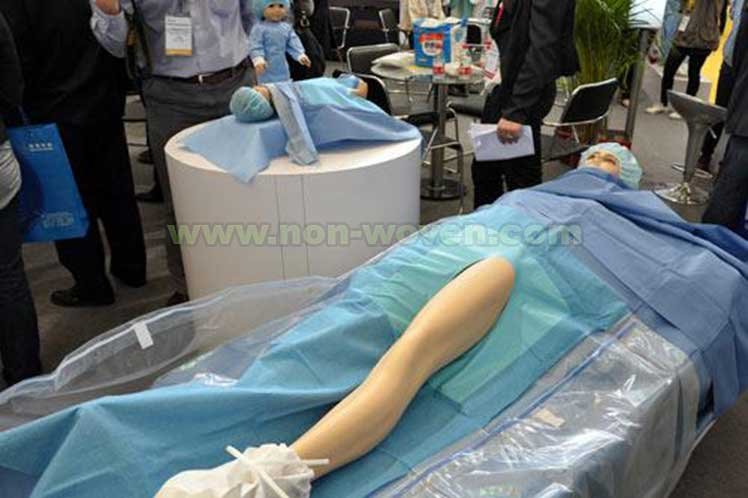When it comes to medical nonwovens, quality is key. After all, these materials are often used in lifesaving applications, so it’s important to make sure they meet the highest standards. But what exactly makes a nonwoven “quality”? Here are five key requirements:
Requirement #1: They must be sterile.
This is perhaps the most important requirement for medical nonwovens. After all, if they’re not sterile, they could potentially lead to infection. To ensure sterility,nonwovens must undergo a special sterilization process before they can be used in medical applications.
Requirement #2: They must be strong.
Medical nonwovens are often put under a lot of stress, so they need to be strong enough to withstand whatever is thrown their way. Strength is typically achieved through special weaving or knitting techniques.
After all, you don’t want your Band-Aid falling off at the first sign of moisture! The fabric needs to be strong enough to withstand both wet and dry conditions.
One way to test the strength of the fabric is to see how much force it can take before breaking. Another way is to see how well it stands up to repeated use. For example, you could try washing it several times or seeing how well it holds up to being stretched.
Requirement #3: They must be absorbent.
Many medical applications require materials that can absorb liquids and other substances. This is especially important in wound care applications, where absorbency can help prevent infection.
This is important because you don’t want your Band-Aid soaking up all of the moisture from your injury and becoming uncomfortable. Instead, you want it to absorb just enough moisture so that it can do its job without causing any additional discomfort.
To test absorbency, you can soaked the fabric in water and then wring it out to see how much water is left behind. You can also try pressing it against your skin to see how quickly it absorbs moisture. The faster it absorbs moisture, the better!
Requirement #4: They must be Resistance to tearing Medical.
Nonwovens often need to resist tearing, both during use and during disposal. This helps ensure that they can withstand the rigors of their intended application and helps avoid any potential safety hazards during disposal.
Requirement #5: Non-allergenic
Finally, quality medical nonwovens must be non-allergenic. This is especially important for applications where the material will come into direct contact with the skin, such as in bandages or surgical drapes. Non-allergenic materials help reduce the risk of irritation or allergic reaction.
This means that they cannot cause an allergic reaction when they come into contact with your skin. Many people are allergic to latex, so if you’re one of them, make sure to look for nonwovens that are latex-free.
You can test for allergens by doing a patch test on a small area of skin before using the product. If you experience any redness, swelling, or itching, then the fabric is probably not hypoallergenic and you should avoid using it.
These are just a few of the key requirements for quality medical nonwovens (learn more). When selecting materials for a specific application, it’s important to consider all of these factors to ensure you’re getting the best possible product. With so much at stake, there’s simply no room for error when it comes to medical nonwovens . We hope this article has helped you better understand the basics of these important materials!

